What makes a plant rare? Or anything for that matter? Well, it’s rare if there are only a few examples in existence.
The Middlemist red (scientifically identified as unspecified Camellia), a deep pink, rose-like flower — not red as its name suggests — with lush green foliage, was imported as a luxury item from China over 200 hundred years ago (1804). By the mid-1820s, it was pretty much wiped out in its native habitat of China. There are now just two known locations of this plant: New Zealand and Great Britain. Sad, when you think of it, because not only is this plant beautiful, it has many beneficial qualities from skincare to cancer to cardiovascular care.
The Camellia Flower Family
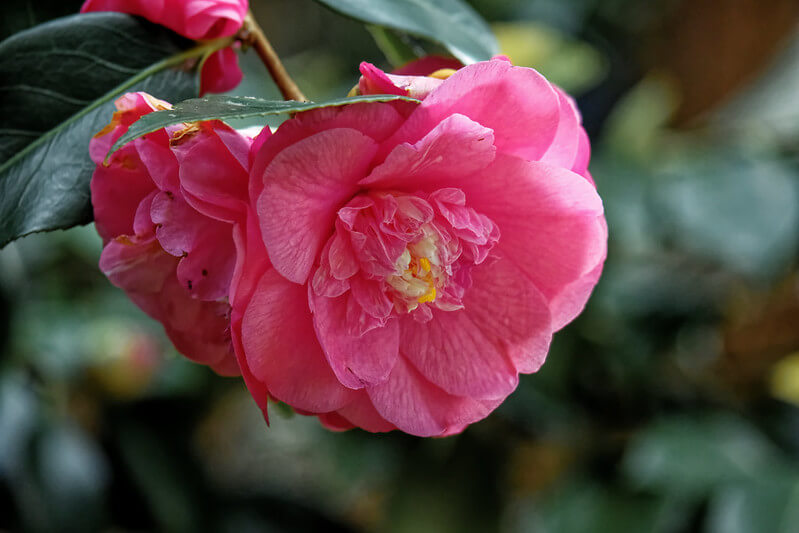
Camellias are a popular plant, originally found in eastern and southern Asia, in the regions between the Himalayas and Japan, and Indonesia. Part of the Theaceae family, there are at least 300 species and more than 3,000 hybrids. Camellias were popular, both in gardens and in the wild in China and Japan, long before they appeared in European and English gardens. In fact, the first didn’t appear in an English garden until the early 18th century.
Camellias are actually evergreen shrubs, sometimes growing into small trees up to 60 feet tall. The glossy leaves are thick and serrated, and the flowers are large, a prominent feature of the plant. These flowers can be as large as 5 inches in diameter with 5 to 9 petals. Colors include white, pink, red, and yellow (the yellow ones found in South China and Vietnam). The white-flowered variety is preferred for making tea. The dense collection of yellow stamens, a stark contrast to the petal color, is the fruit; a dry capsule, often divided into five compartments — all of which contain up to eight seeds.
Camellias do well in humus-rich, acid soils. They don’t flourish in chalky or calcium-rich soil. Due to its size and the size of the flowers, they require a large amount of water (and don’t tolerate drought). That said, there are some species that flourish in more arid, karst soil, as is found in Vietnam.
It is a fast-growing plant. Depending on the variety and geographical location, they usually grow about 12 inches a year until the plant is mature. Although beautiful, ornamental shrubs, it has long been grown for its various cooking, medicinal, and cosmetic properties, the most popular use being tea as a beverage and tea oil as a seasoning. It also has significant use in industrial applications. Camellia oil, made from pressed seeds, is used to clean and protect the blades of various cutting instruments.
John Middlemist and the Middlemist Red
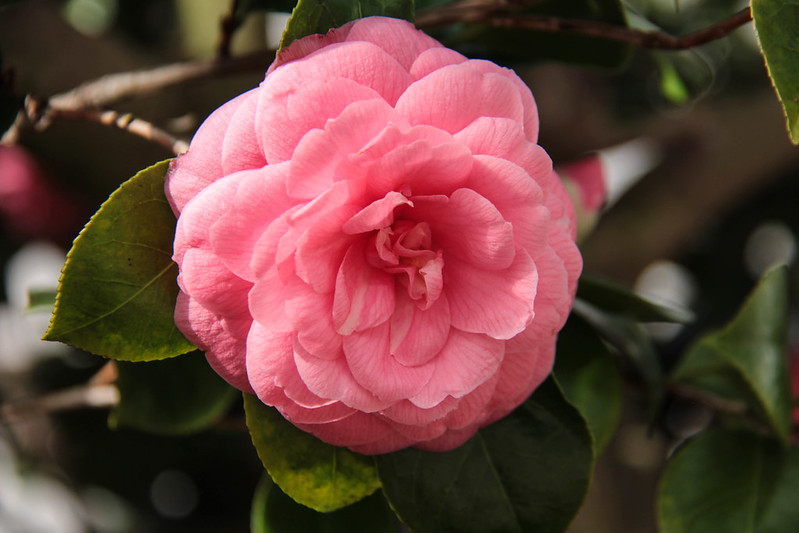
John Middlemist was a nurseryman from Shepherd’s Bush in England. He discovered the plant that bears his name while in China in 1804. He carefully transported it back to England — which must have been a challenging job given this particular variety is finicky, and the conditions on the long sea voyage would not have been ideal for transporting fragile flowers. He did manage, however, and once it was safely in England, he was able to propagate it. He donated the plant to the world-famous Kew Gardens, but it vanished from there, only to be found in 1823 in the collection of the 6th Duke of Devonshire, in his massive conservatory at Chiswick House in West London.
The survival of this rare flower (even in Chiswick Conservatory) was met with difficulties. Like many other grand English manors, Chiswick fell into neglect and became home to a buried bomb during WW II (which thankfully, didn’t explode and destroy the conservatory and its struggling plants). Volunteers came to the rescue, and over the course of a decade, managed to restore the conservatory and identify the many plant species including the rarest of all, the Middlemist red. Interestingly, this conservatory is home for 36 of them, but it was 1999 before the Middlemist red was identified, and a good thing, too. This beautiful, rare flower, imported from China as a luxury item has sadly, been wiped out in its native country.
At Chiswick, the Middlemist red camellia grows in a strictly controlled environment under glass. The flower blooms in the middle of winter, usually January and February.
Middlemist Red Native Habitat
The Middlemist red, like most of the Camellia genus, blooms better in an environment that provides light to partial shade with shelter from a hot afternoon sun. They do well under the shade of tall trees. This probably explains why they prospered in the Himalayas. However, it makes one question the untimely demise in its local habitat so soon after a clipping was transported from China to England. The only plausible answer is the plant was over cultivated, thus rendering it extinct in the wild. As a result, the only remaining Middlemist reds are now grown in captivity. One in a botanical garden in New Zealand and the other one at Chiswick in England. What was once wild, is now held captive.
Middlemist Red Propagation
The big question is why hasn’t this flower been propagated? Camellias can be successfully propagated by taking a cutting and placing it in water. It usually takes 1 to 2 months for the rooting to occur. When you notice a substantial root mass, it’s time to plant it in the ground (if the outdoor conditions are favorable and there’s no threat of frost). Once leaves start growing from the stem, you know your cutting has rooted successfully.
Camellias, as a flowering plant, produce pollen that is transferred to the flower pistil by insects. This fertilizes the plant and a seedpod forms. Inside the seedpod are tiny seeds that can scatter when the pod is broken, or the pods can be collected and opened manually to start plants.
Propagating by cuttings or collecting seeds sounds simple enough. In fact, there are sites that claim to sell Middlemist red seeds. So, perhaps the propagation process will repopulate the world with this beautiful but rare flower.
Middlemist Red Health Benefits
Camellias have a wide range of uses: C. japonica (tsubaki in Japanese) or rose of winter, this rare flower of the Middlemist red has a long list of health benefits.
For one thing, the Middlemist red has antioxidant properties which may be beneficial to various types of cardiovascular diseases and cancer, among other diseases. The flower of this plant is a natural skin moisturizer because it’s rich in oleic acid (a moisturizing fatty acid). Its collagen-boosting and antioxidant properties may have anti-aging benefits, making the skin look younger. The oil can also be beneficial to hair, making it moist and strong, even restoring damaged hair cells. It is also believed to have medicinal benefits for gastric disorders and certain injuries, and it’s often used as an anti-inflammatory agent.
A rare and beautiful flower, the Middlemist red is something to behold. With so many beneficial properties, one can only hope that botanists and scientists are seeking ways to further propagate this amazing, and a delicate shrub.


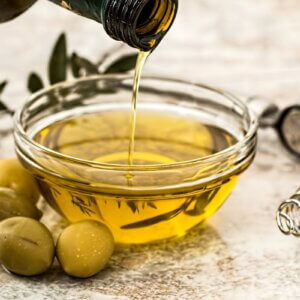
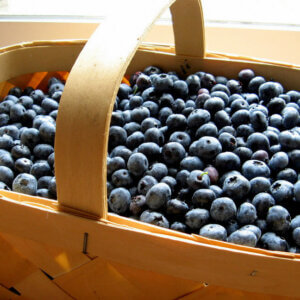






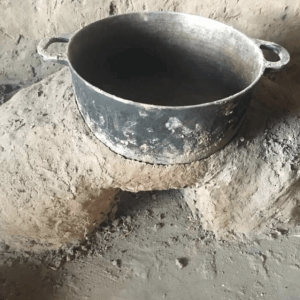
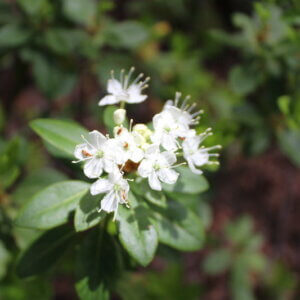
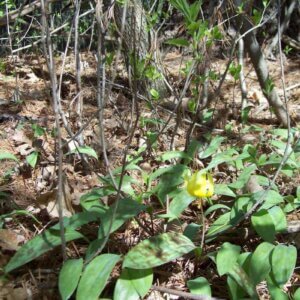

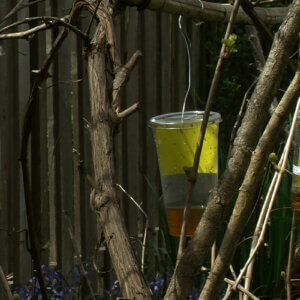




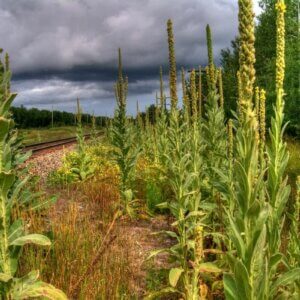

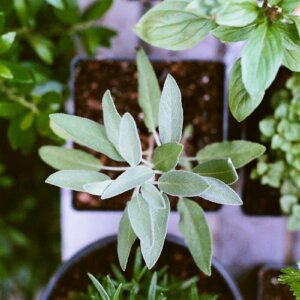

















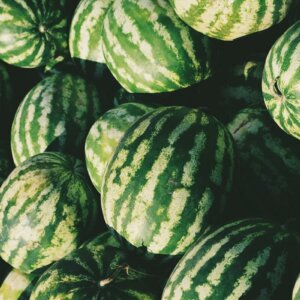


I looked this flower up after reading about it in a Christine Feehan book. I was intrigued with what the flowers were described as being able to do and decided to see if it was an actual flower. It is, but the benefits were surprisingly real to an extent. I hope that China can bring this flower back to the wild. The flower is beautiful.
I have a question. What is the difference between the Middlemist red and the common camelia? Could anyone tell the difference?